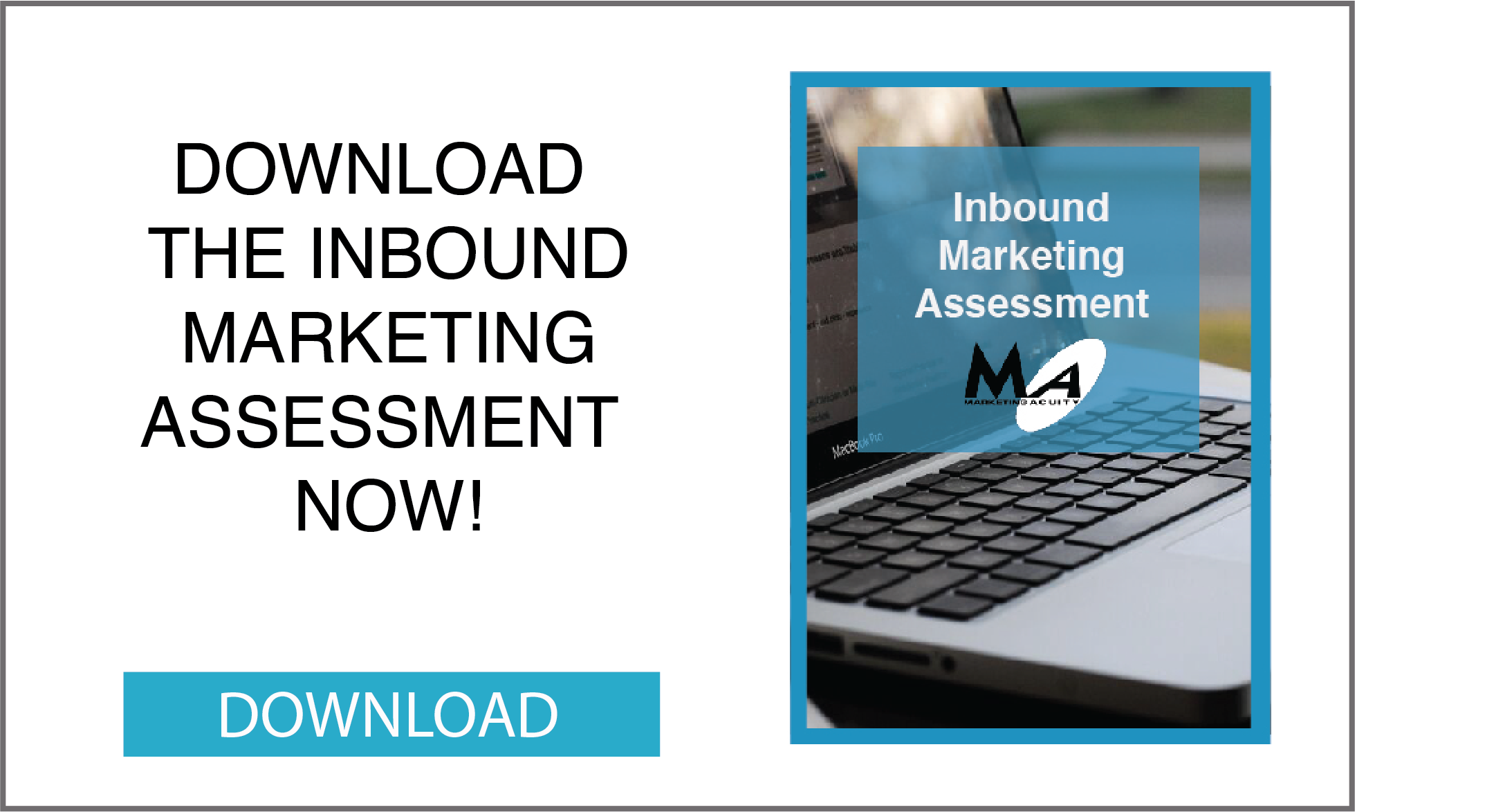
Have you ever stumbled across a tweet that had an interesting topic that you wanted to read? I did, recently. It was about how large manufacturers in a particular industry listen to customers to influence business decisions. Who wouldn’t want to read that, right? In particular, they mentioned a brand that I love. I was using my phone to read the tweet, which led to a teaser, not a blog, so I didn’t download it at that time.
So I went to the blog eventually – mind you, I searched for it, days later – on a social media site that I have gotten good information from in the past. The blog was really not a blog, just one paragraph of teaser to the download. Already I’m skeptical, but I really want this article. I hit download and opened it up.
THUD.
In my PDF reader, I found myself face to face with a product pitch in the first paragraph. How Tool X was so awesome, it could help me understand how social informs business decisions.
My interest skeetered around and finally crashed to a stop. I didn’t even read most of the article.
This is not informative, educational, helpful marketing. This is bad pitch designed to tease me in social, slightly disappoint me and then downright irritate me with a product pitch.
Good inbound marketing could have saved this. Here’s how:
1. When you post something juicy in a social tweet and use brand names that are well-known and loved, deliver something meaty. A 600-word plus blog post is probably a smart idea here.
2. When you ask for information, ask as much as minimally needed and no more.
3. When you DO offer a download, don’t put the product pitch in the first sentence. In fact, if you put it in at all, it’s at the end.
Let’s break down a good content and inbound offer scenario:
Good, interesting social invited me to click on through. I’ll give ‘em props for that. They dropped brand names, one of which I’m a huge fan of, and own two large products made by this brand.
Giving the reader an informative blog post about just what manufacturers can learn from listening or WHY listen and use it to inform product development, marketing or customer service strategies. Good blog posts don’t use the product name or company name in them. They invite exploration and knowledge gathering.
Then give the reader the offer download form. This offer had far too many fields, including first, last, phone number, company name, title, and industry. This is a top of the funnel offer. Take as little from the user as they feel comfortable giving. Don’t make them feel slightly uncomfortable right now about sharing all of that at such an early stage of the game. #awkward.
So I really wanted this offer (did I mention I really wanted to read how the brand I loved used social media to inform product decisions?) I really wanted this because I, personally, have posted (along with thousands of others) about a product that the company discontinued with an upgrade that I really wanted to have again. Me, thousands of others, and a few industry publications who fan the flames of this product relaunch. So I thought, gee, if they read this, saw all the comments, would they really change business decisions and make it again for us?

Upon submission of the offer, I got ANOTHER form (I completely ignored this one, it was for a demo) but there was the big “download” button, so I clicked that.
And yes, I expected heavens to open, angels to sing and have the brand name I was looking for in the first paragraph (or at least a competitor!) Alas, no. It was a product pitch.
What should a downloadable offer be?
Don’t open with a brand name. After all, they’re branded with your company information already. People are not dumb. They can see the brand. So, here’s no reason to say “we’re so awesome!” in the offer at all, especially not the first paragraph!
I did skim what was very thin information. The meat and potatoes is why your customer downloaded the offer, so it had better be super juicy with steakhouse-sized information, not tapas-restaurant-sized information. No one thinks pretty food that you can gulp in one $10 bite is a good value. We do it only because tapas is kind of cool and the whole experience is fun. But we’re really swinging around to the burger joint afterwards to fill up, right?
The meat and potatoes weren’t there. There were a few charts that were interesting and unusual. There was one sentence that showed how a manufacturer (one I also like) used social to measure employee sentiment. I liked that. But that was it. There was no substance to this article. Design had been used to make the thin, pitch-heavy content appear meaty. A good guide should drive the design department batty: You want me to design it with THIS much content?? Downloadable guides can be longer to accommodate both design and content.
When designing a good offer, use information as your guide. If you took off all of your branding, is it still enough of a guide to inform, educate and influence a feature-set or vendor-specification choice? Does it position your product so that you are the best choice, without ever saying your product name?
After leaving this experience I actually have more of a negative reaction to both the offering organization (the authority I follow on social) and also the product being pitched. That is not good! You never want to start out the marketing first date by moving too fast, after all. Your date backs away with awkward hesitation.

Good content informs. You’ll have plenty of time to ask more detailed questions on your next offer (sent via an automated, tailored workflow!) and even more on the offer after that. Be patient, be helpful, be informative.
Good content educates. I wanted to see HOW the manufacturers used social to inform business decisions. I did not want to see how Tool X helped them do that. If I was intrigued about how they listened, my next question might be “what tools do I need to do that kind of informative listening?” and that’s the time to talk about features of your product.
Good content is quiet but confident. Remember, your brand is all over that guide. Everyone can see it. Be quietly confident in how you present the information and that brand trust begins to develop between your customer and your organization
Now that we’ve outlined how to fail at content marketing, and how to turn that around, it’s time for you to look seriously at your content offers. Are they pitch-heavy? Do they overly push a brand instead of an idea, or a concept? Revisiting your content to make it helpful first, helpful second and helpful third is the only way to create content marketing trust that really succeeds.






